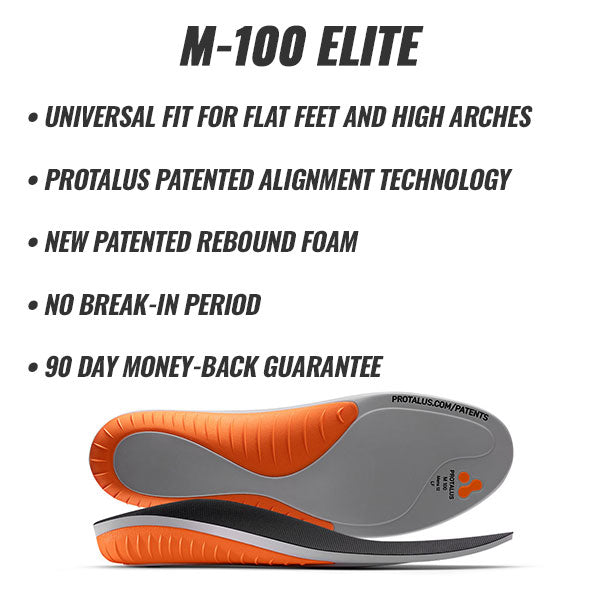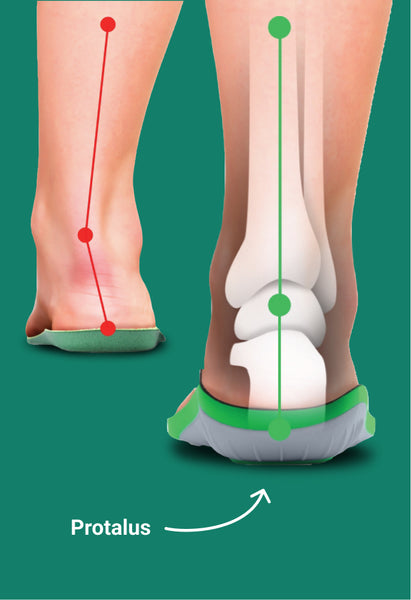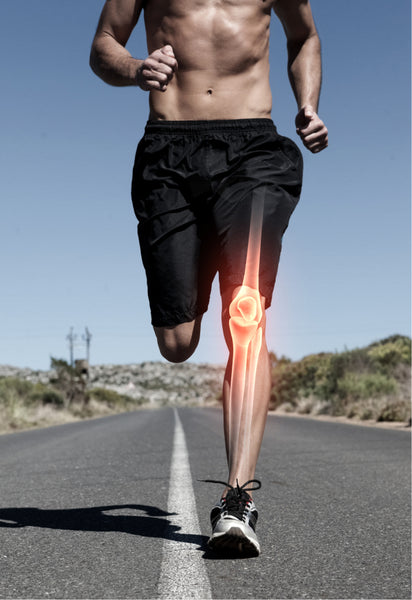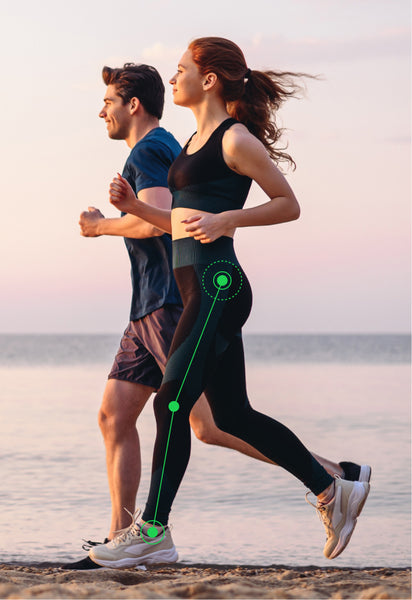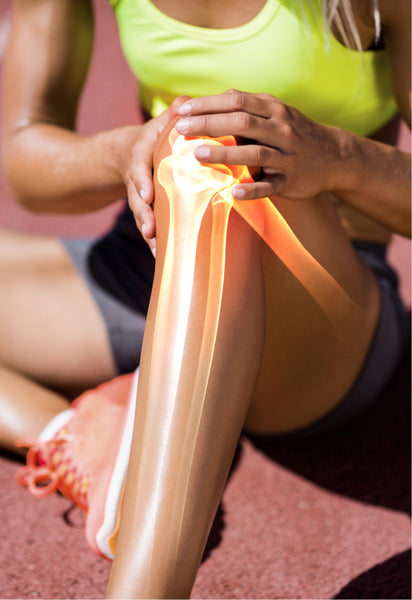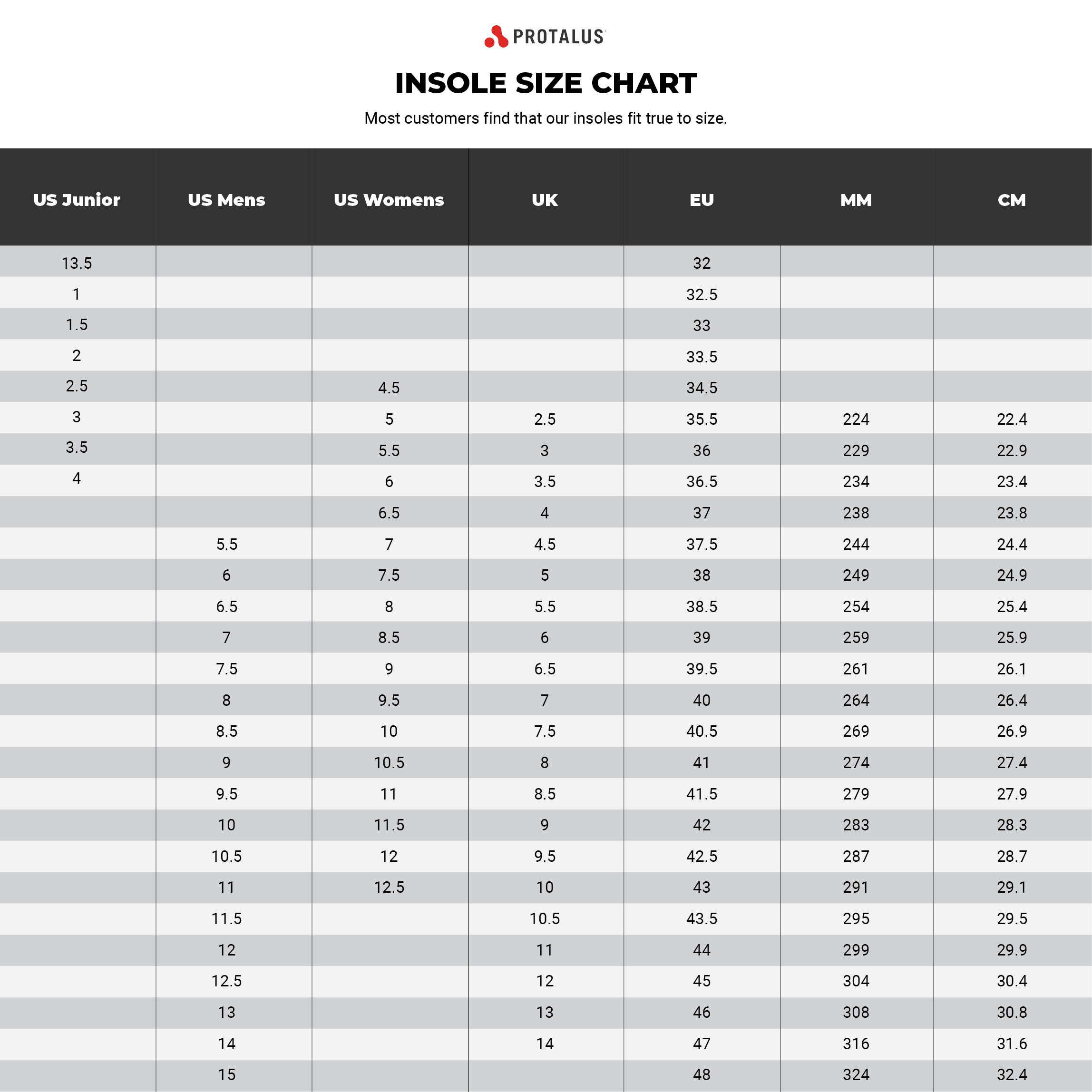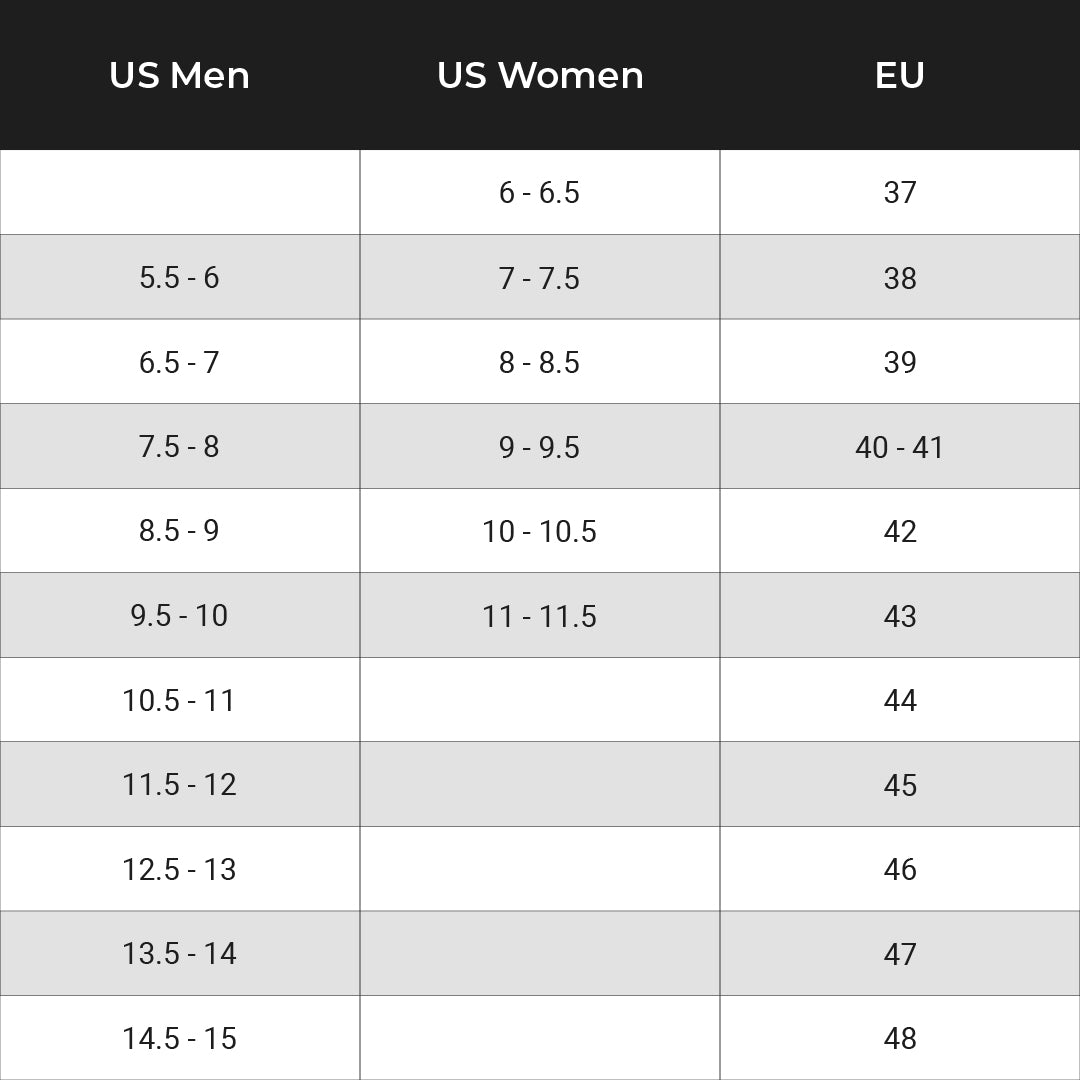Corn Treatment
Corns have long been used as the punchline in sitcoms when a young person is put in a situation where they have to care for an elderly person but this is a misleading generalization because corns can affect people at any age. Simply put, corns are the result of repeated friction and pressure to the skin on the hands or feet. Like calluses, they can feel hard or rough, but corns are different in that they are typically painful and have a hard center.

Causes & Risk Factors
Corns are caused by friction and pressure acting on the skin which can be the result of:
•Wearing sandals that rub between your toes
• Bunions
•Bone spurs

Treatment
The first step to treating corns is to remove the issue that is causing your foot to rub against your shoe. This could be as simple as getting shoes with a larger toe box. The toe box is the part of the shoe where the toes rest. In some shoes, especially formal shoes such as oxfords or high heels, the toe box can be very narrow, causing the toes to turn inward. This can be a factor that contributes not only to corns but also to bunions and hammertoes. If you have shoes with a roomy toe box but still experience rubbing, especially across multiple pairs of shoes, the issue might have to do with the shape of your foot and not your shoes.
When we think about correcting the alignment or the shape of the foot, the actions you take will very much depend on what the root problem is. For some issues, such as overpronation due to a rotation of the ankle, shoe insoles could be an effective and inexpensive solution. Adding a corrective insole into your shoes that will change the position of your feet in the shoes may stop the feet from rubbing against the interior of the shoes, and prevent corns from getting worse. If you have bone spurs or another foot condition that affects the structure of your skeletal system, you may need surgery to correct that condition before you find relief from corns.
To remove existing corns, the excess skin may need to be trimmed by a doctor. Doing this at home is not recommended as this could result in an infection if done improperly. You might take steps to thin the rough part of the corn by soaking the affected area and then rubbing it with a pumice stone or emery board. However, you should not try to thin your corns this way if you have diabetes. Additionally, you can try over-the-counter medicated pads that are made to remove corns but be aware that these often contain salicylic acid and may irritate sensitive skin. Protecting your skin and wearing well-filling shoes will go a long way to prevent corns from forming or getting worse. No matter your age, wearing shoes that squeeze or fit poorly can cause a number of issues, including corns, so paying attention to how your shoes feel is more important than just deciding if you can stand the discomfort for a day. Buying shoes that are the wrong size or feel tight could lead to some major problems in the long run.
Recommended Posts
Saying Goodbye to Leg and Foot Pain: The Power of Insoles
by Anna Heston • March 11, 2021Kick leg and foot pain to the curb with the proper shoe insoles! Discover relief now!
How Plantar Fasciitis Sufferers Find Comfort with Insoles
by Anna Heston • March 11, 2021Say goodbye to leg & foot pain! Insoles like Protalus T-100 offer relief, support & comfort.
Flat Feet: What It Really Means for Your Feet and Body
by Anna Heston • March 11, 2021Flat feet? Discover the challenges and relief with Protalus insoles! Say goodbye to pain, improve stability, and boost performance. Read more!







